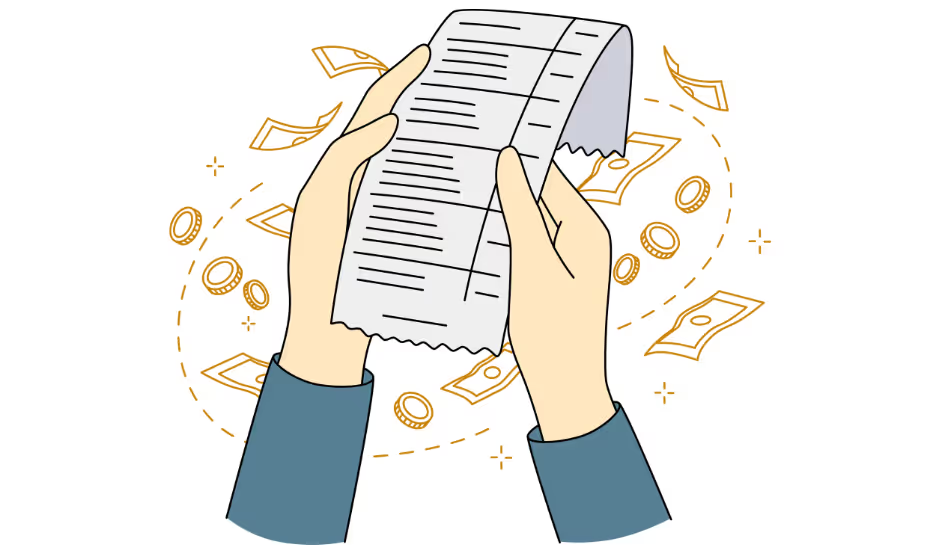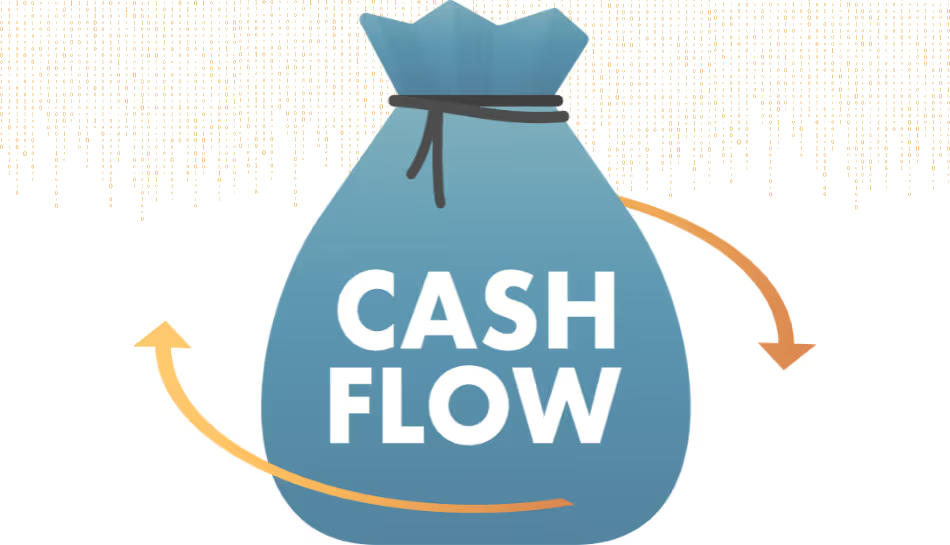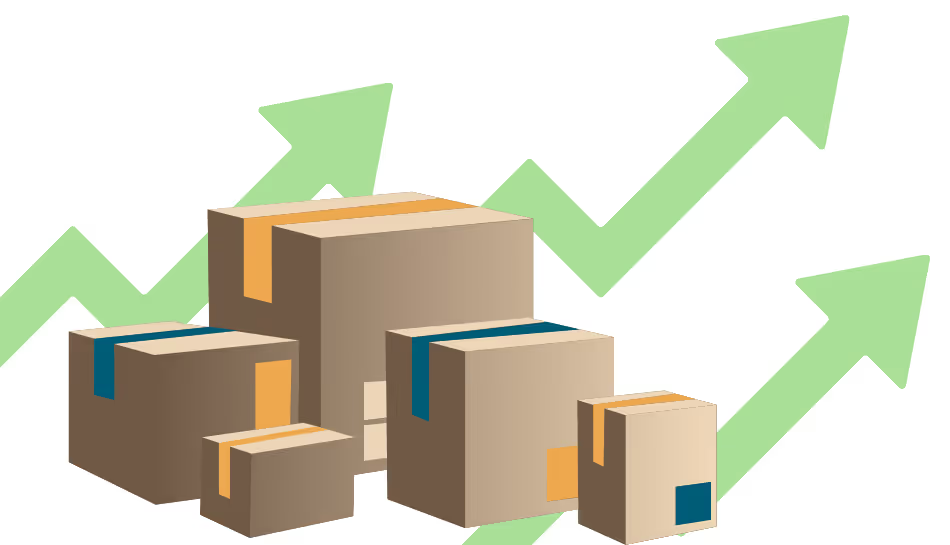
Running a business means dealing with suppliers, vendors, and service providers who often extend credit for goods or services. When a company agrees to pay them at a future date, it issues a formal promise in writing. This written promise is called bills payable. Understanding how it works is essential for managing obligations and maintaining good financial health.
What is Bills Payable?
To put it simply, what is bills payable in accounting? It refers to the written agreement by which a business promises to pay a certain sum of money to a creditor on a future date. In everyday terms, it is a business’s formal “IOU.”
For example, if a company buys goods worth ₹50,000 on credit and agrees to pay after 60 days, the supplier may draw a bill of exchange. When the company accepts this bill, it becomes bills payable for the business.
Bills Payable in Final Accounts
In financial reporting, bills payable in final accounts are shown under liabilities because they represent amounts the company owes. They are usually classified as current liabilities since they are payable within a year.
Recording bills payable ensures the business does not overlook its short-term obligations while preparing accounts. It also gives stakeholders clarity on how much the business needs to pay in the near future.
Bills Payable in Balance Sheet
On the balance sheet, bills payable in balance sheet is always listed on the liabilities side. This is because the business has an obligation to pay someone else. If a company delays or defaults on payment, it affects creditworthiness and relationships with suppliers.
Therefore, businesses closely track this line item to maintain strong credibility.
Bills Payable is Debit or Credit?
A common confusion among beginners is whether bills payable is debit or credit. The answer lies in understanding double-entry accounting.
- When a bill is accepted, the company creates a liability. Liabilities are credited in accounting.
- When the bill is finally paid, the bills payable account is debited (to cancel the liability), and cash or bank is credited.
So, bills payable is a credit balance until it is settled.
Bills Payable is Asset or Liability?
Another frequent doubt is whether bills payable is asset or liability. The answer is straightforward: it is always a liability.
Assets are what the business owns, while liabilities are what the business owes. Since bills payable represent money the company must pay to others, it clearly falls under liabilities.
Importance of Bills Payable for a Business
Understanding and managing bills payable is crucial for several reasons:
- Cash Flow Management – Knowing how much is due and when helps businesses plan their cash reserves better.
- Vendor Relationships – Timely settlement of bills builds trust with suppliers, often leading to better credit terms.
- Financial Discipline – Tracking bills payable ensures obligations are not overlooked, preventing legal or reputational issues.
- Creditworthiness – A well-managed bills payable record signals to banks and investors that the business is reliable and financially responsible.
- Decision Making – By analyzing bills payable alongside other liabilities, businesses can make informed choices about taking on new orders, expenses, or loans.
Bills Payable Explained with an Example
Imagine a furniture store that buys raw wood worth ₹1,00,000 from a supplier on credit. The supplier draws a bill payable for three months. The store accepts it, agreeing to pay on the due date.
- At acceptance, the store records bills payable as a liability.
- In its balance sheet, this amount appears under current liabilities.
- On the due date, when payment is made, the liability is removed from the accounts.
This simple example shows how bills payable works in practice.
Final Thoughts
So, what is bills payable? It is the formal promise a business makes to pay creditors at a future date. It always appears as a liability, recorded on the credit side when created, and removed once payment is made.
Proper handling of bills payable is not just an accounting requirement, it is a cornerstone of building financial stability, trust with suppliers, and smooth cash flow. For any business, understanding the role of bills payable in final accounts and the balance sheet is a step toward long-term success.

